Introduction to an organic Cabbage farming process:
Cabbage is a typical cool-season crop grown for the thickened main bud called as the head. It is one of the popular and widely grown vegetables in the region and has occupied the second position in production after potato. It is a rich source of vitamin A, vitamin C and mineral including potassium, calcium, sodium, and iron. Cabbage is a versatile vegetable with a range of different uses and varieties. The main types of cabbage are loose heading and hard heading, with colors that range from dark green to purple and white. Some cabbages are produced effectively at different points in the season. The early season cabbage is the sweetest but has the shortest shelf life. Midseason cabbage is the most familiar and the quickest to grow. Late season cabbage is cold hardy and perfect for storage.
A step by step guide to organic Cabbage farming practices
Cabbage cultivation is popular for its adaptation to the soil varieties, climate, and storage productions. The organic farming system in India is not new and being followed from ancient times. It is a process of a farming system which primarily aimed at cultivating the land and raising crops in such a way, as to keep the soil alive and use of organic wastes to release nutrients to crops for increased sustainable production in an eco-friendly pollution-free environment.
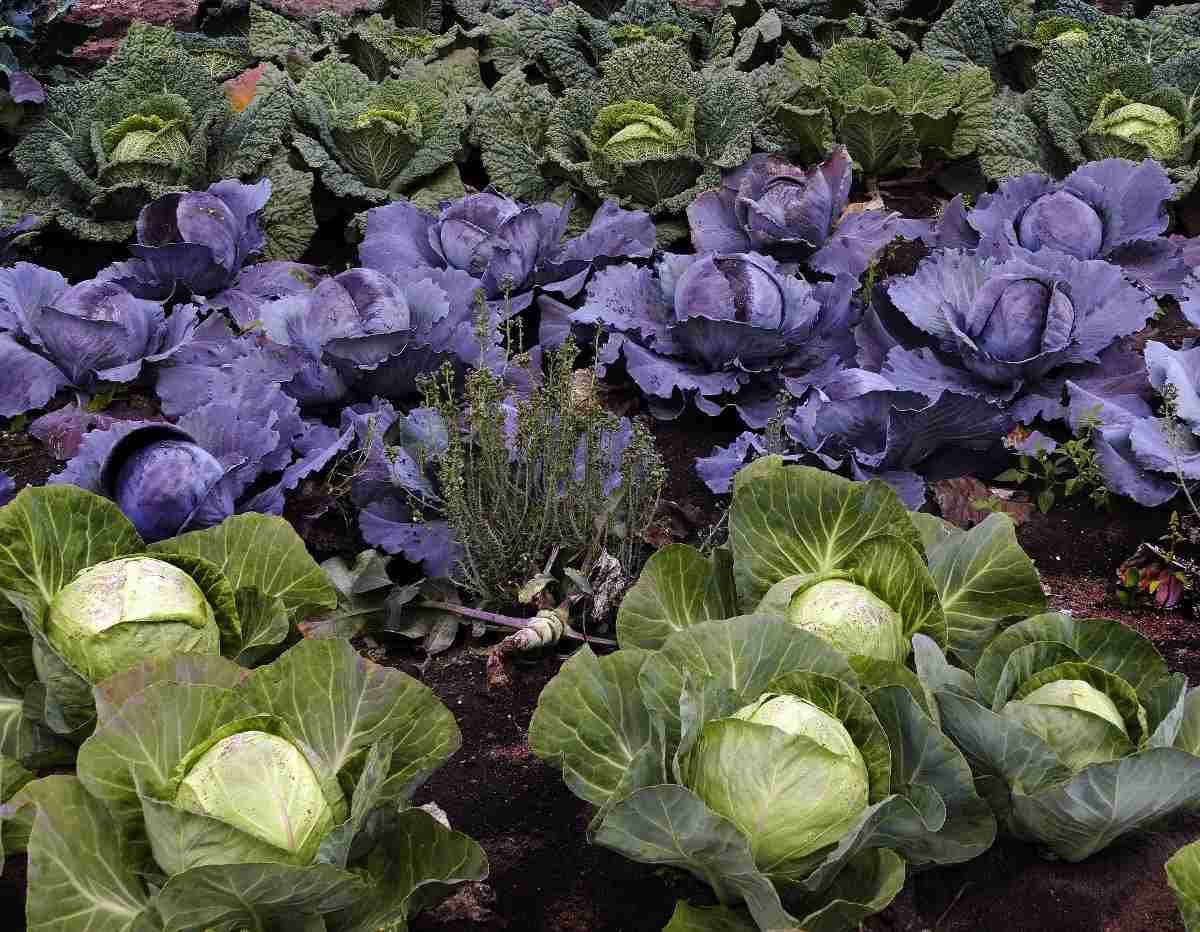
Organic production of Cabbage plants
Organic production of cabbage crops relies on management techniques that replenish and maintain long-term soil fertility by optimizing the soil’s biological activity. This is mainly achieved by crop rotation, composting, and by using organically accepted fertilizer products that feed the soil while providing plants with nutrients. Besides producing very high-quality crops, healthy, well-balanced soil can help plants develop natural resistance to insect pests and diseases.
Varieties of cabbage fit for organic production
Varieties of cabbage that most fit for organic farming are;
The choice of the variety of organic Cabbage represents a decision of great importance to the technical-economic success of cultivations, particularly in low impact organic farming. The varieties of organic Cabbages to plant should necessarily have a greater resistance to attacks by insects to adverse meteorological conditions, which could quickly damage the production of organic Cabbage.
Cabbage head star – This organic Cabbage variety has leaves laid out to form a tight mass, called the head. It is a green variety of cabbage, which has an aromatic flavor and whose leaves are regular, wholesome, healthy, clean, tender, and rich in fiber, vitamins, and minerals. It has good organoleptic characteristics and has a resistance of 2 to 3 months after harvesting; it is usually stored at 0°C, in the dark and it is suitable for the great distribution and wholesale of organic Cabbages.
Climatic conditions for plant organic Cabbage seeds outdoors
- Cool, moist, and humid atmosphere is appropriate for growing organic Cabbages
- August-September is the best time for early mature cabbage seedlings and late matures the time is September-October.
- For the temperature of the dry season, the transparency of the flavor gets spoiled. The proper temperature for the process is between 12 to 15°C.
- Along with the temperature, the humidity needs to be 90 to 100%. Warmer environment makes bolt cabbages and later they grow up with the tart flavor.
- But it can be planted in late winter and early spring at the temperature of 4°C. Because the cabbage germination procedure starts with this temperature.
- But in the summer season, they can be produced in coastal areas if the temperature range is above 26°C. The cabbage seeds are anti-freeze survivors. Annually, in the horticulture field, every corps need at least 400mm to 500mm of rainfall.
Soil and fertility for organic Cabbage farming
The cabbages are heavy feeders that can grow on a variety of soils as long as the soils provide adequate nutrients and moisture and are well-drained. Healthy soil will have a greater capacity to moderate the uptake of fertilizers and will allow a more balanced uptake of essential nutrients, creating a healthy plant that is less attractive to pests.
You should not miss the Hydroponic Farming Business Plan.
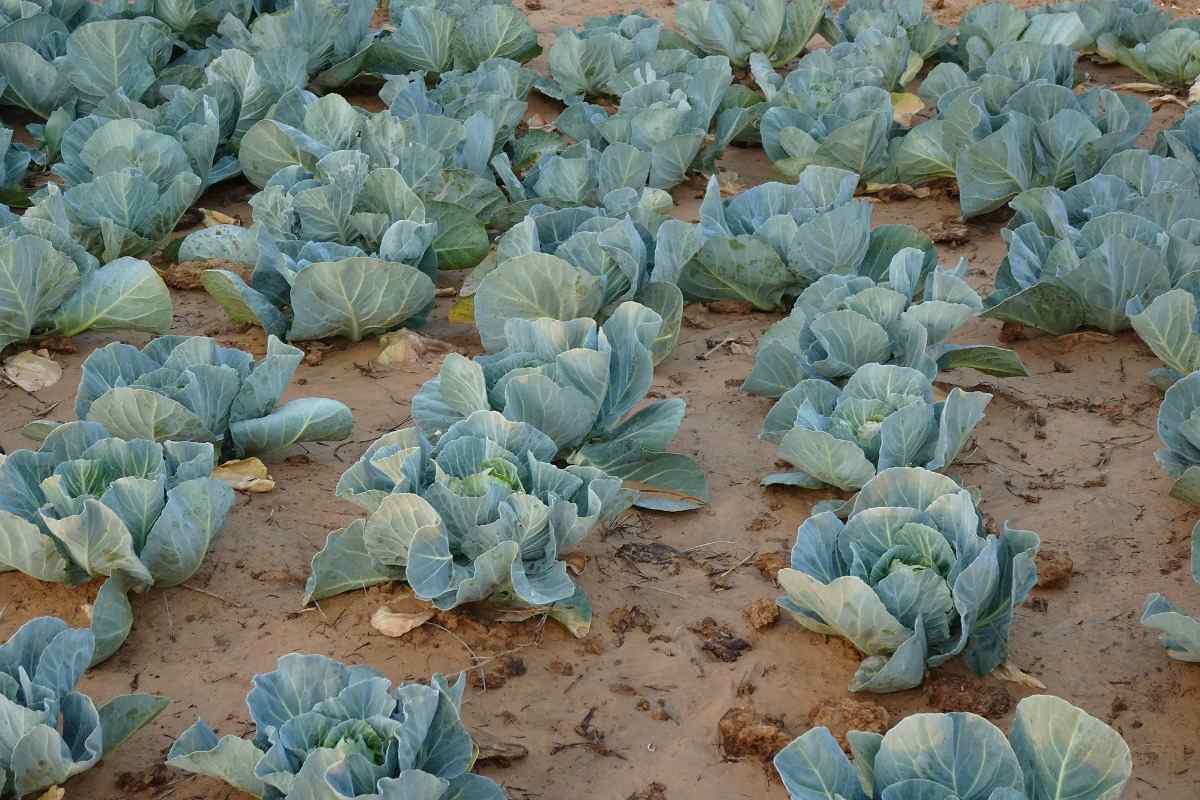
Soil components such as minerals, air, water, and organic matter vary widely depending on geography and climate. The challenge on farmland is to keep healthy soils with adequate levels of organic matter. Organic matter in the soil component mainly responsible for these traits. Organic matter is broken down by soil organisms and creating humus. Humus, in turn, provides nutrients to plants. Sustainable soil management maintains soil health by taking care of and increasing the soil’s organic matter. Composted manure and cover crop residues provide enough phosphorus for cabbage plants. If additional phosphorus is needed, rock phosphate can be an option.
Preparing the soil for Organic Cabbage farming
All members of the brassica family such as cabbage, broccoli, cauliflower, collards, kale, and Brussels sprouts consume large quantities of soil nutrients.
- Add plenty of well-rotted manure and also compost to the soil before planting
- Cabbage plants mainly prefer a liberal, balanced amount of nitrogen, potassium, and phosphorus
- Many problems with cabbage are avoided when the pH level is around 7.2
- If your soil pH level is low, adding lime will bring it up.
The soil must be rich with organic material, but loose enough to work with. Add a mixture of one part compost and one part sand to maintain soil rich and well-drained. Like broccoli and Brussels sprouts, cabbages are prone to a disease known as clubroot. Clubroot attacks the root structure and causes it to deform into gnarly knots, which harms the root’s ability to uptake water and nutrients. Soil should be crumbly when moved but have a noticeable density from the reduced air pockets. Cabbage plant thrives in most soils as long as adequate moisture is present.
Seed rate of Cabbage and seed treatment of Cabbage
- Approximately 375 gm/ ha organic or chemically untreated seed required.
- Treat seed with 5% Trichoderma solution and dry under shade before seed sowing.
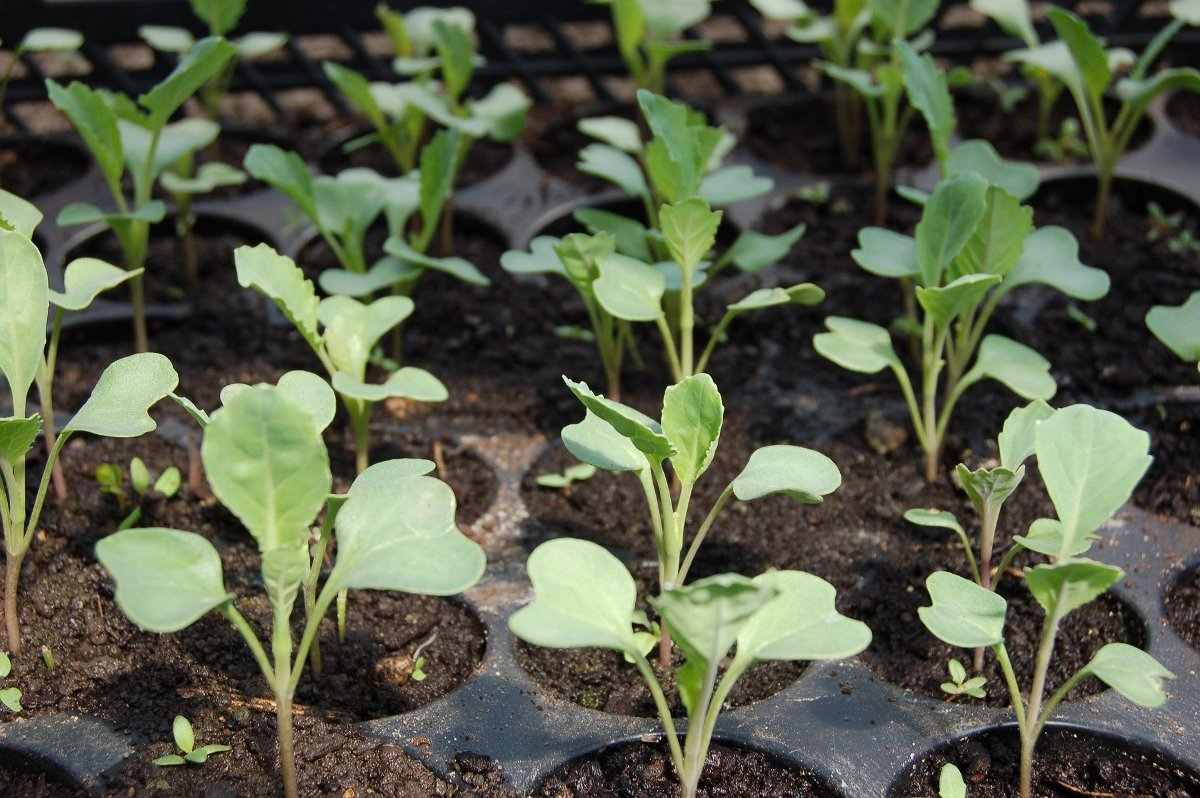
When to plant Cabbage
Cabbage can be started in the spring or the summer. In the spring start plants indoors about 8 to 10 weeks before the last frost and transplant out in the garden when the plants have 5-6 true leaves or about 4 to 6 weeks. If starting in the summer, sow seeds 10 to 12 weeks before the first fall frost. Plants can be directly sown or started in trays and transplanted into the garden. If growing plants in a hot area, use some shade cloth to keep them a little cooler.
Cabbage seed spacing and Cabbage plant spacing
In modern-day cabbage farming, spacing is very important. The seeds are sown 1 to 2 cm deep by dropping at 4 to 5 cm in rows 10 cm apart. Like other plants, the spacing of plants plays an important role in cabbage cultivation. Proper spacing of plants can bring you greater profitability. If cabbages are planted too close together, then they will be in danger of rotting because of a lack of airflow. Space them 12 to 24 inches apart to give enough room to develop large leaves. This will give you more space to harvest when the time comes. In the cabbage farming spacing for the early maturity is 45 cm for the row to row and 30 cm for the plant to plant. On the opposite, for the late bloomers, the row spacing is 60 cm and plant spacing is 45 cm.
Watering tips for Organic Cabbage
- The biggest preservation to look after the cabbages is watering. It is the hardcore ingredient to keep the cabbage plants combined. Special attention needs to be drawn to the land in autumn and winter.
- On the other hand, dry out cause’s plant bolting. It keeps them from drying out and exterminates bitter flavors of the cabbages. It needs about 11/2 inches of rain per week but if the climate condition of your region isn’t that rainy you’ve to keep it hydrated by watering yourself.
- Approximately, 10 liters of water is essential for per meter square of the land. The nurturing land has to be waterlogged weekly and the pressure shouldn’t be too strong so the soil gets decayed.
- You want to be sensible while watering the root & upper levels. Cause the roots to retain the moistures of the soil and the upper levels reassure the pests and diseases but balancing the measure can be solved. Yellow leaves must be removed that are damaged by pests and insects.
- The drip irrigation system is better for efficient water use and conservation. If flood irrigation is followed, care must be taken to avoid waterlogging. Irrigate before planting and give life irrigation on the 3rd day. Afterward, irrigate every 10 to 15 days. Stop irrigation supply when the head is in the maturing stage to avoid breaking.
Fertilize requirement for organic Cabbage farming
Cabbage plant requires nitrogen-rich fertilizer. Nitrogen is very important for the leaf growth of cabbages to begin. Cabbage is a heavy feeder because of the intensity of cabbage leaf development, so it’s important to add a second helping of nitrogen-rich fertilizer 6 to 8 weeks after transplanting, particularly if lots of rain has fallen. We apply Trifecta+ to the soil once before planting, and then a second-time mid-season to boost the nutrients surrounding the cabbage plant.
In case if you miss this: Hydroponic Tomato Farming.
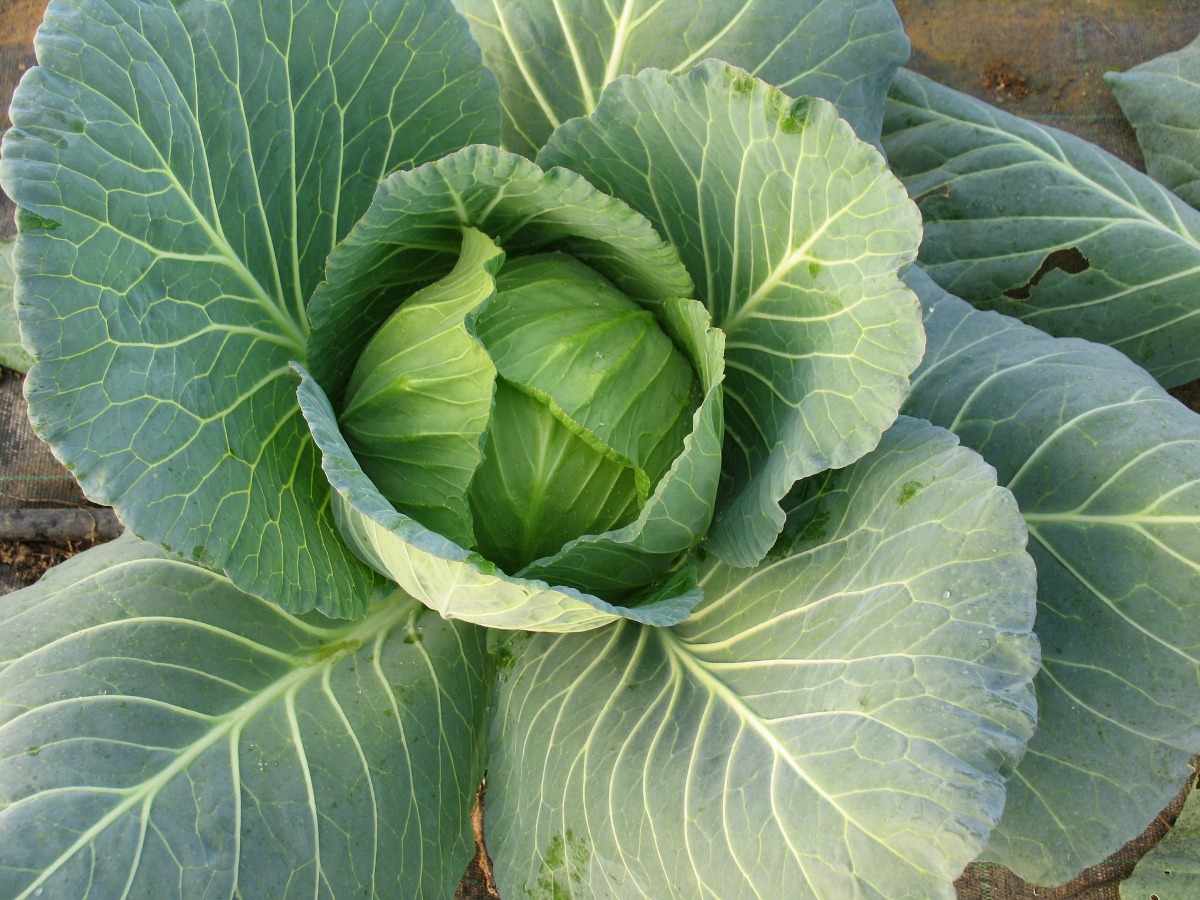
Planting Cabbage organically
- For summer harvesting, start your cabbage seeds 4 to 6 weeks before the last frost.
- Sow the seeds about 1/2 inches deep, with 2-3 seeds per hill. Keep the seeds starters at 75 degrees for best seed germination. After 25 days of sowing seeds, every row needs to be spaced 18 inches and in for beds, the measure is 15 inches. The space between double rows has to be 24-30 inches.
- When seedlings emerge, thin to one seedling and keep the seedlings at a lower temperature range about 60 degrees. Keep them there until time to seed transplant. The seedlings are planted in 4 to 5 levels. The planting depths have to be 1/4-1/2 inches and 1-5 feet is required for the depths of the roots. The measurement of the height & width has to be 12-15 inches and 24-40 inches.
- Transplant your cabbage seedlings into the garden, spaced about 8 inches apart. But some of the vegetables need the same value and nutrients as cabbages but they can’t be grown beside them. Due to having heavy feedings, frequent nutrients, and also the same fascination with the pests and diseases it can’t be nourished with the crop.
The key characteristics of organic farming include;
- Protecting the long term fertility of soils by maintaining organic matter levels, encouraging soil biological activity, and also careful mechanical intervention.
- Providing crop nutrients indirectly using insoluble nutrient sources which are made available to the plant by the action of soil micro-organisms.
- Nitrogen self-sufficiency through the use of legumes and biological nitrogen fixation, with effective recycling of organic materials.
- Then, careful attention to the impact of the farming system on the wider environment and the conservation of wildlife and natural habitats.
Manure and fertilizers for Organic Cabbage farming
FYM application or compost at 15 to 20 tonnes/ha is incorporated in the soil during land preparation. Besides FYM, N: P: K at 120:60:60 kg/ha is applied. The full amount of phosphorus and potash along with half amount of nitrogen is useful at the time of transplanting. The remaining amount of nitrogen is applied in two split doses that are 30 and 45 days after transplanting as a top dressing.
Common pests and problems in organic Cabbage cultivation
While growing the cabbages the corps faces many kinds of diseases and pests. These diseases and pests reduce the color, essence, weight, quality and the advancement of them.
The pests that cause inflicts to the corps are Cabbage worms, Aphids, Cabbage root maggots, Flea beetles, Cutworms, Nematodes, and American Bollworms.
The diseases that spoil the production are Blackleg, Club-root, Dumping Off, Downy Mildew, Leaf spot, Powdery Mildew, White Blister, White Mould, White leaf spot, Wire Stem, etc. But the primary diseases are caused by Sclerotinia and Botrytis.
These catastrophic components cause devastation to the plant stems, wilts, heads, seedlings, flower and even an entire plan. But uttermost of the diseases and pest causes damage to the plant leaf and root.
Control – Chemical components such as Carbaryl, Spinosad, Neem oil extracts, Permethrin and insecticidal soaps. But some of the disease attacks may not have the cure.
Cabbage harvesting method and process
Cabbage Harvest when heads reach the desired size and are firm. Mature heads will split and this will take around 70 days for most green cabbage varieties. Most early plant varieties will produce 1- to 3-pound heads.
To harvest, cut each cabbage head at its base by using a sharp knife. Remove any yellow color leaves (retain loose green leaves; they provide protection in storage) and immediately bring the head indoors or place it in shade. Otherwise, pull up the plant (roots and all) and hang it in a moist cellar that reaches near-freezing temperatures. After cabbage harvesting, remove the entire stem and root system from the soil to prevent disease. Only compost healthy cabbage plants; destroy any with maggot infestation.
Some questions about organic Cabbage farming/cultivation
You may also check the Organic Beans Cultivation Practices, Farming Methods.
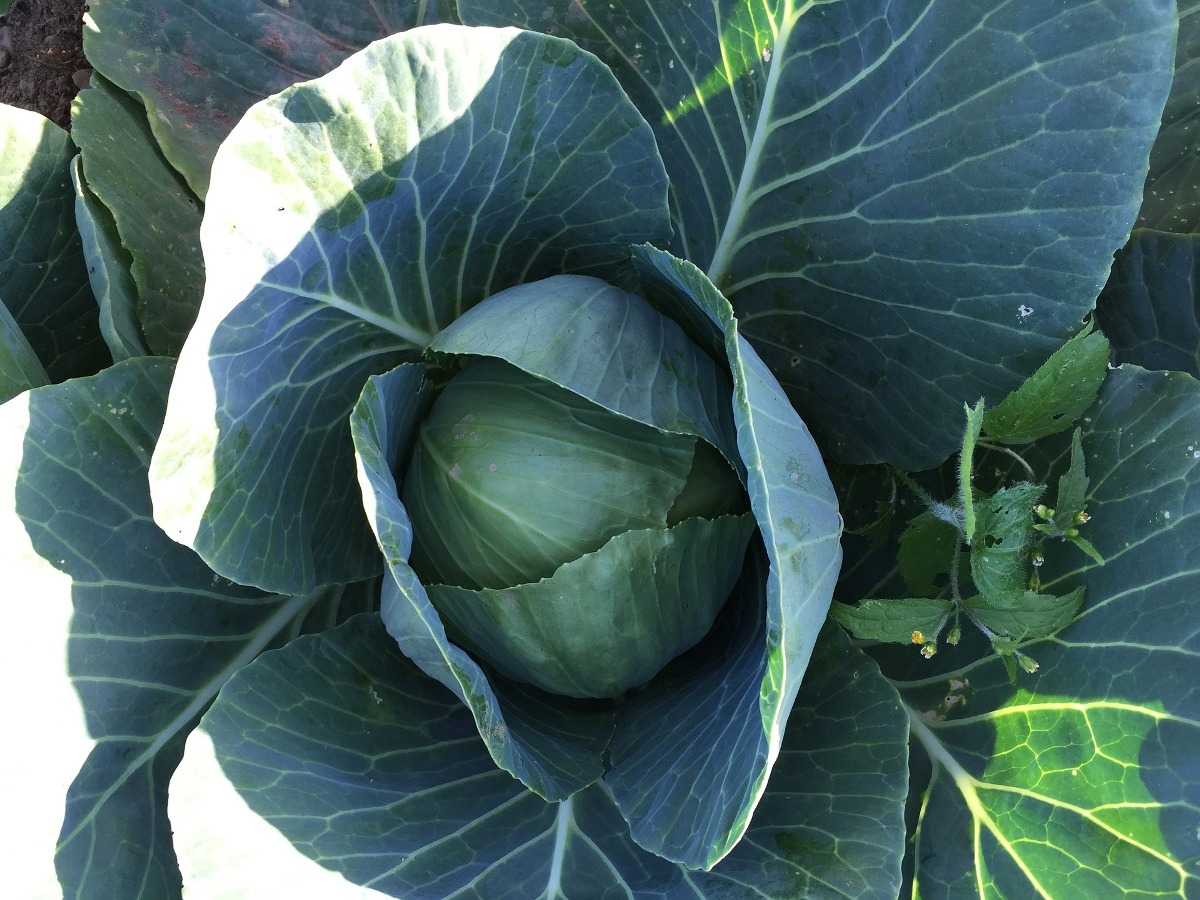
Is organic Cabbage better?
One of the reasons why organic Cabbage is so good for you is that it is an extremely good source of vitamin C. Vitamin C is 43% more abundant in organic Cabbage compared to conventionally-grown cabbage.
What is the best organic fertilizer for cabbage?
Cabbage grows best in soil with a lot of organic matter, so mix in a 2 to 3 inches layer of good garden compost or composted manure when you prepare the bed. Cruciferous vegetables respond particularly well to compost or well-aged animal manure, particularly poultry manure.
Why is my cabbage dying?
Cabbage plants need an abundance of water from the moment they are planted in the ground until head formation. Not supplying enough water to the cabbage will cause the plant to limp, and wilting will occur. To prevent this from happening, water the cabbage plant at its base, keeping the soil moist but not soggy.
Why is my cabbage not forming head?
There are a few cultural and temperature elements that can be the reason for cabbage not growing head. Excess nitrogen could cause the plant to form more leaves that are loosely held and do not make the head. Club rot in soggy alkaline soils is another main reason why cabbage won’t form the head.
How long does it take for a cabbage head to form?
The common green cabbages form heads quickly than the huge Savoy cabbage. You can expect to see heads in about 71 days with green cabbage. Red cabbage takes slightly longer and Nappa cabbage will form small heads in 57 days.
Does cabbage regrow after cutting?
Plant cabbage in the spring or fall. Seeds sprout quickly and the head is ready for harvest in about 60 to 120 days. If harvested properly, small heads can regrow from the stalk.
Does Cabbage need a lot of water?
Cabbage plant requires consistently moist soil. Though it won’t tolerate sitting in wet, soggy soil, it needs regular watering to produce its leafy heads. Water your cabbage plant once a week, applying 1 1/2 inches of water to the soil.
Conclusion of organic Cabbage cultivation
As people are more inclining to eat oragnic food, organic cabbage farming is commercially viable and profitable. You may also like the Growing Hydroponic Carrots.